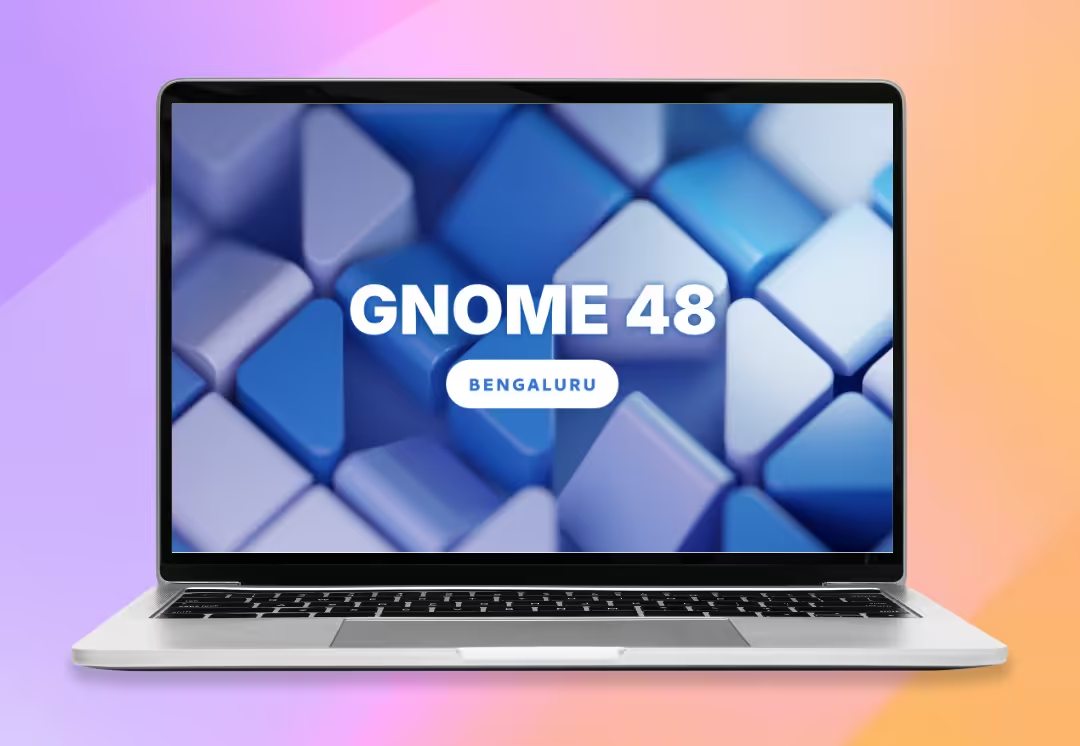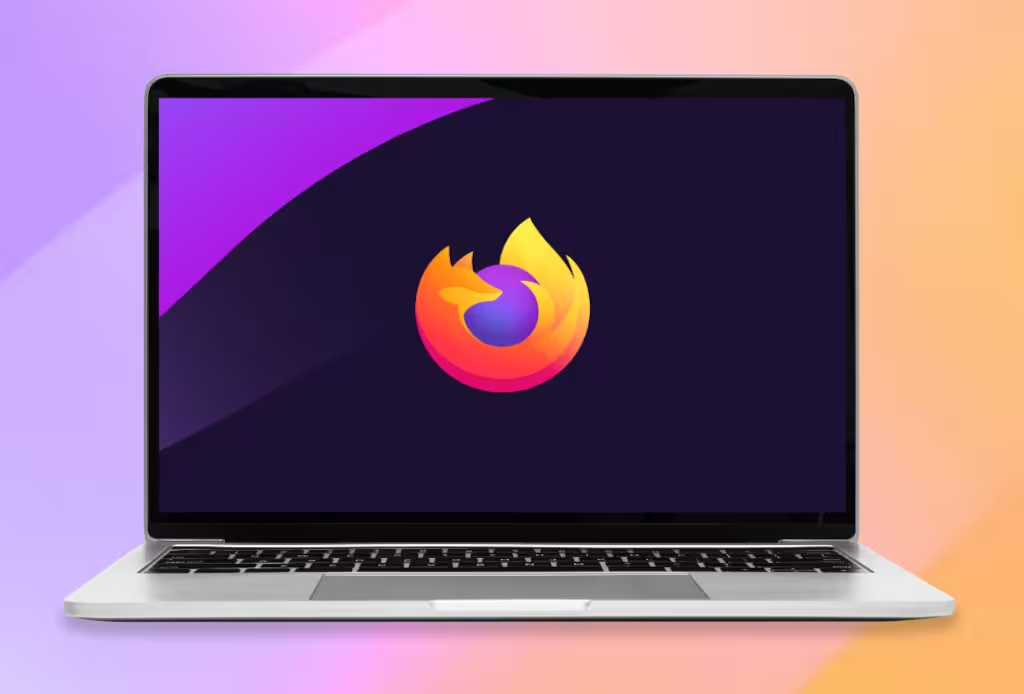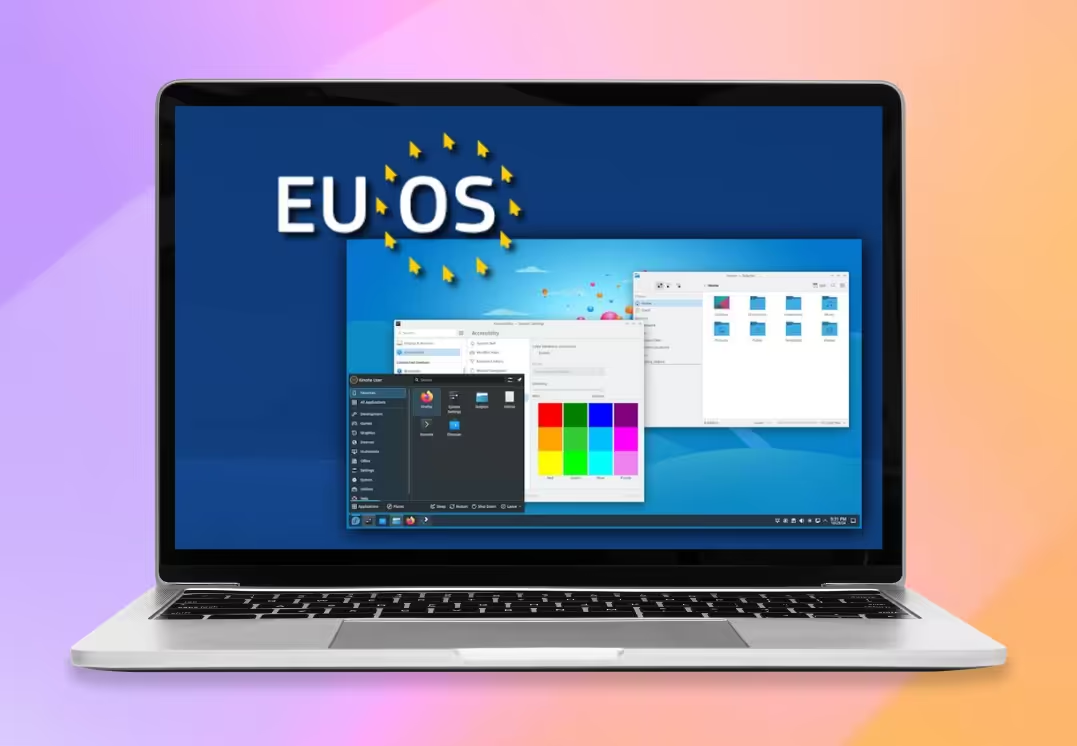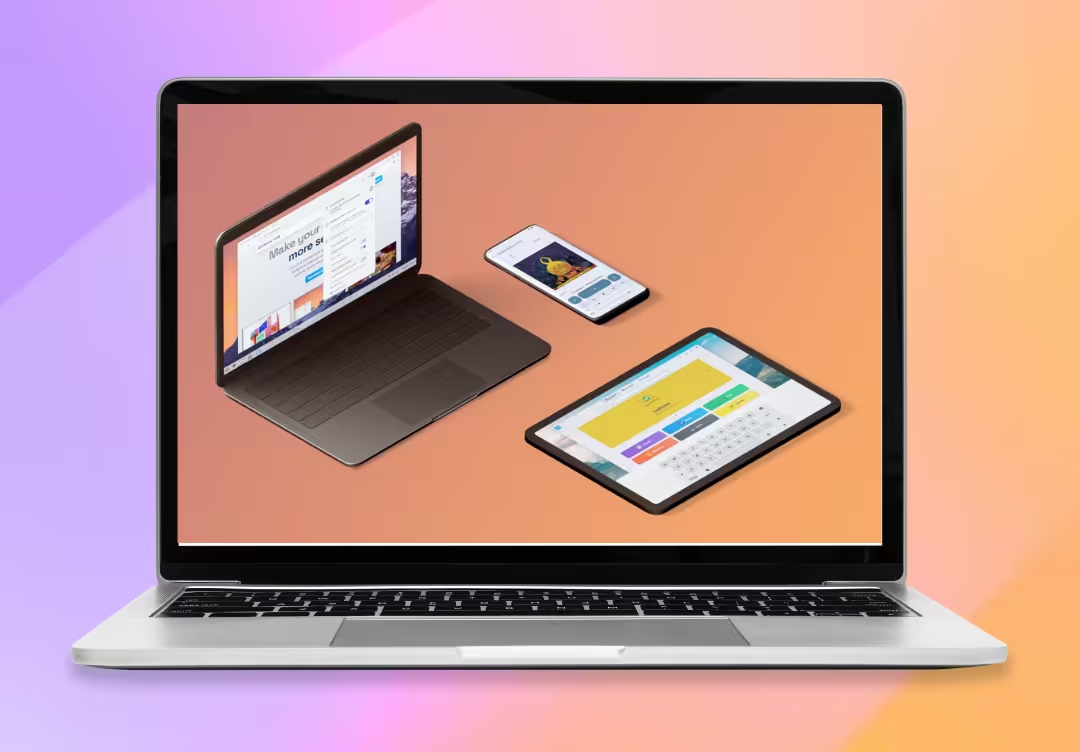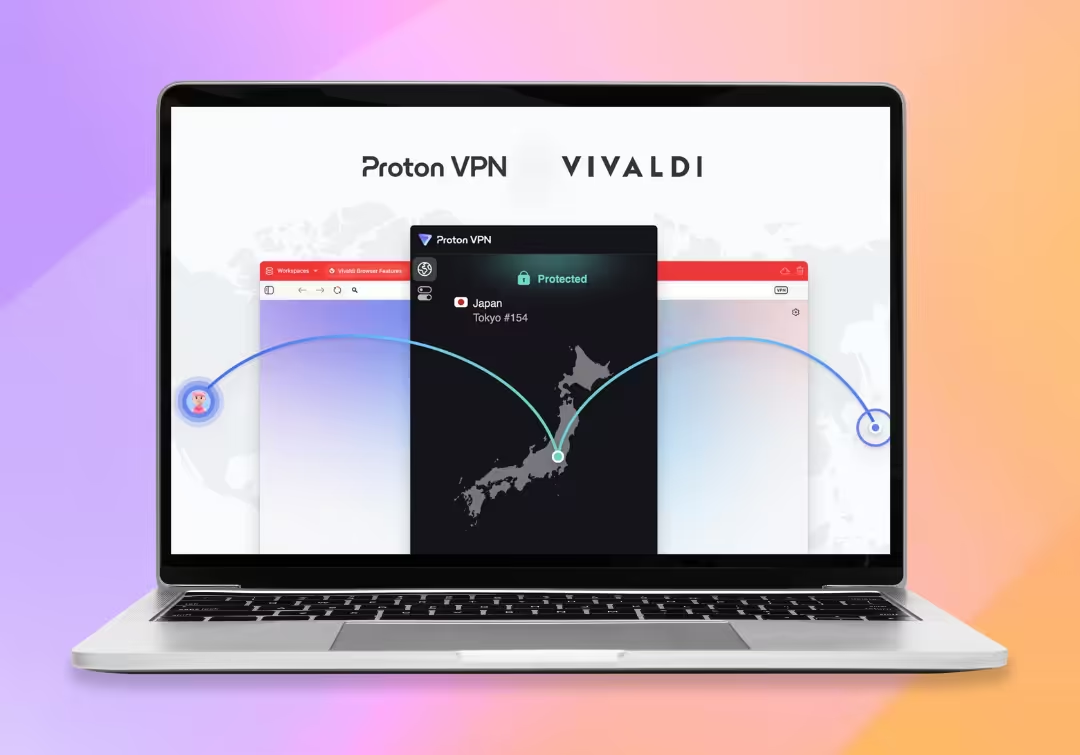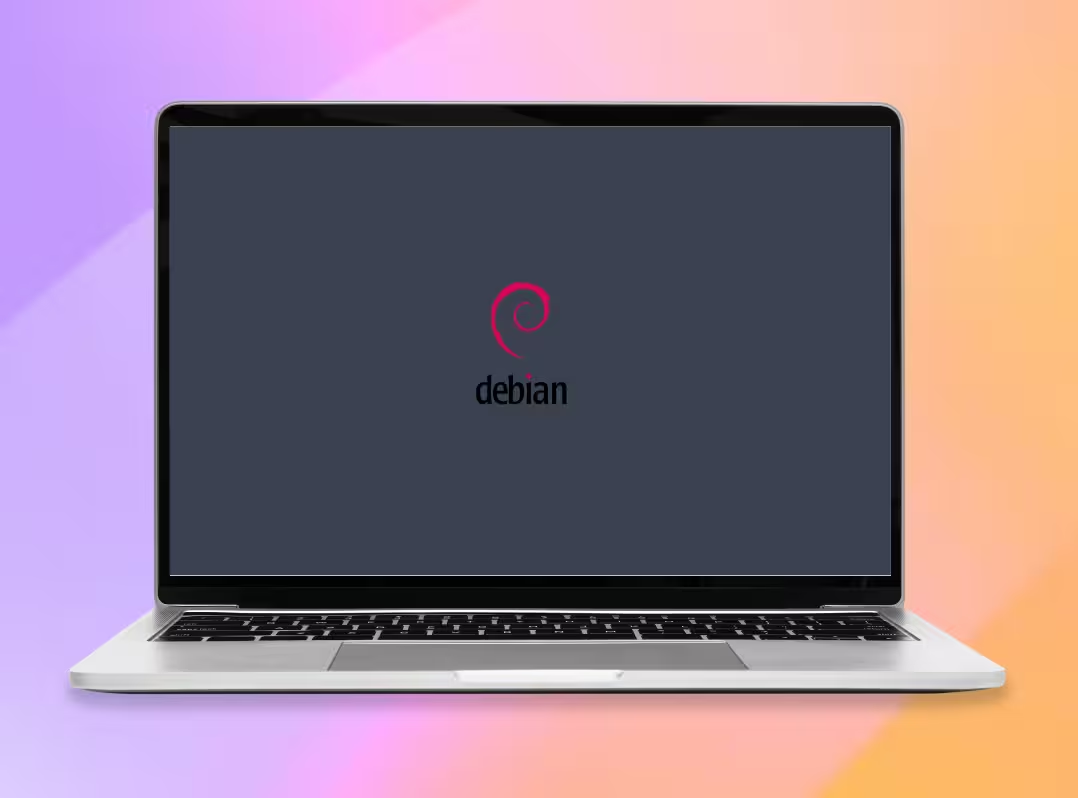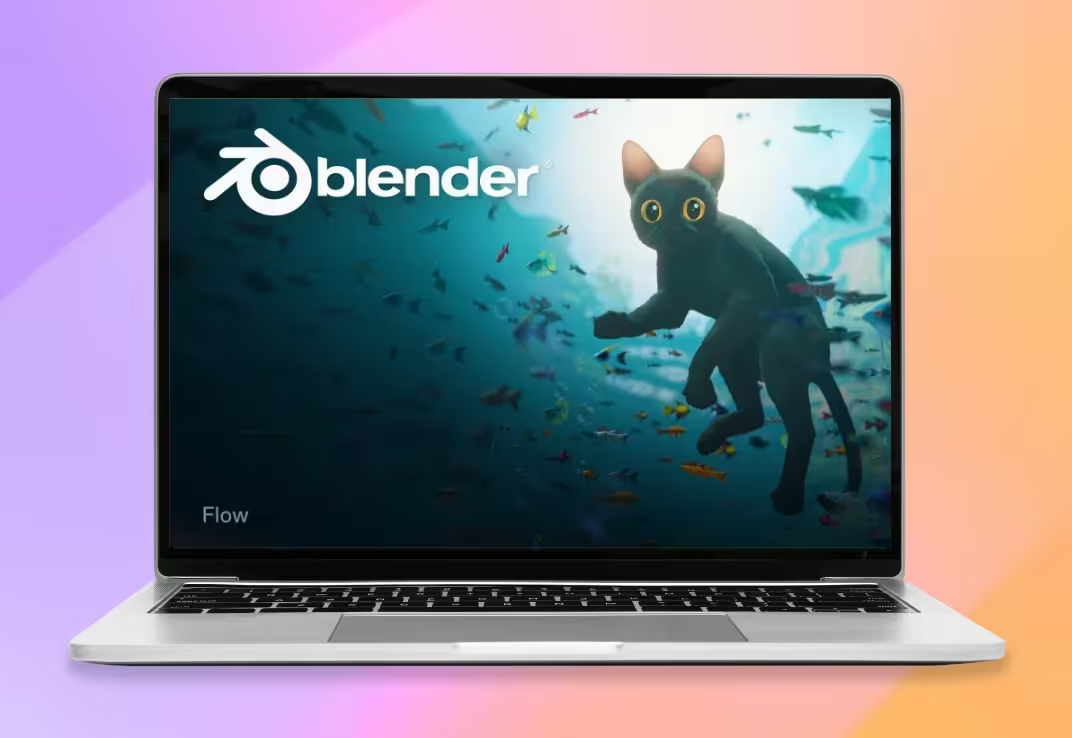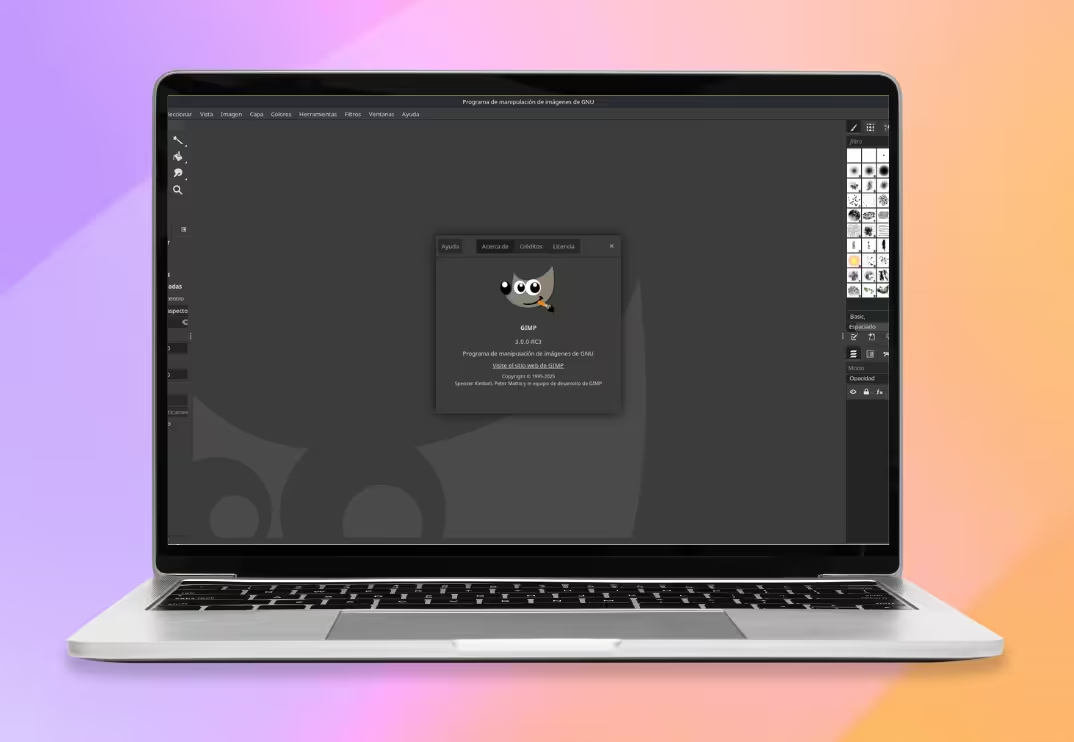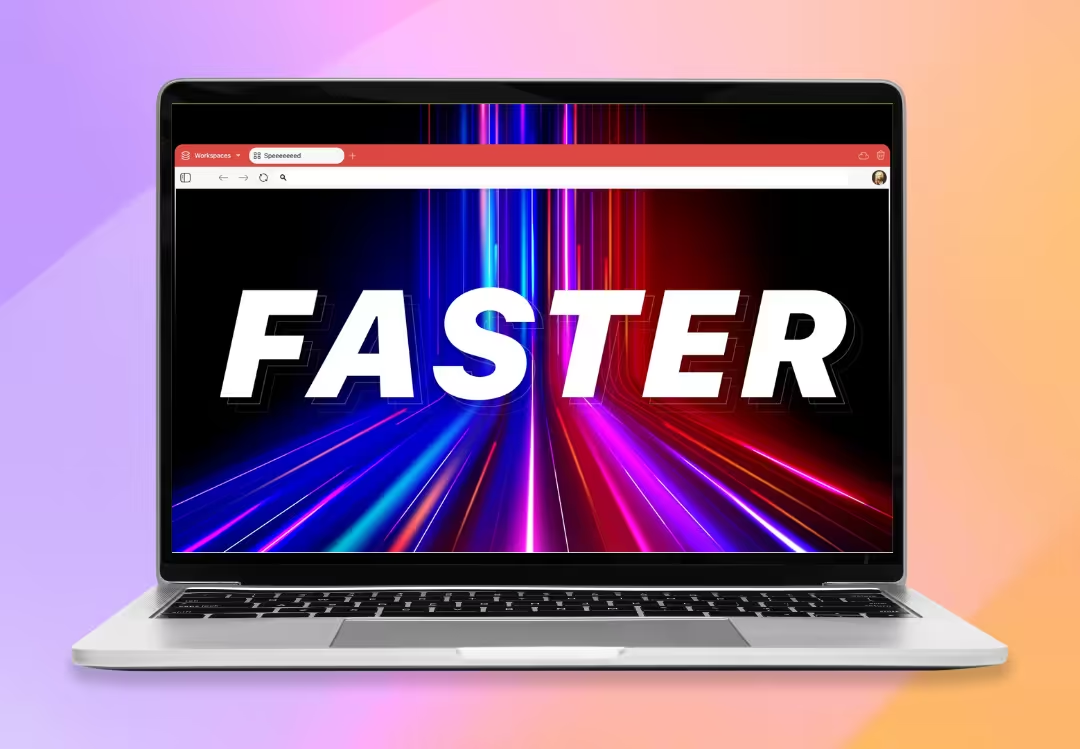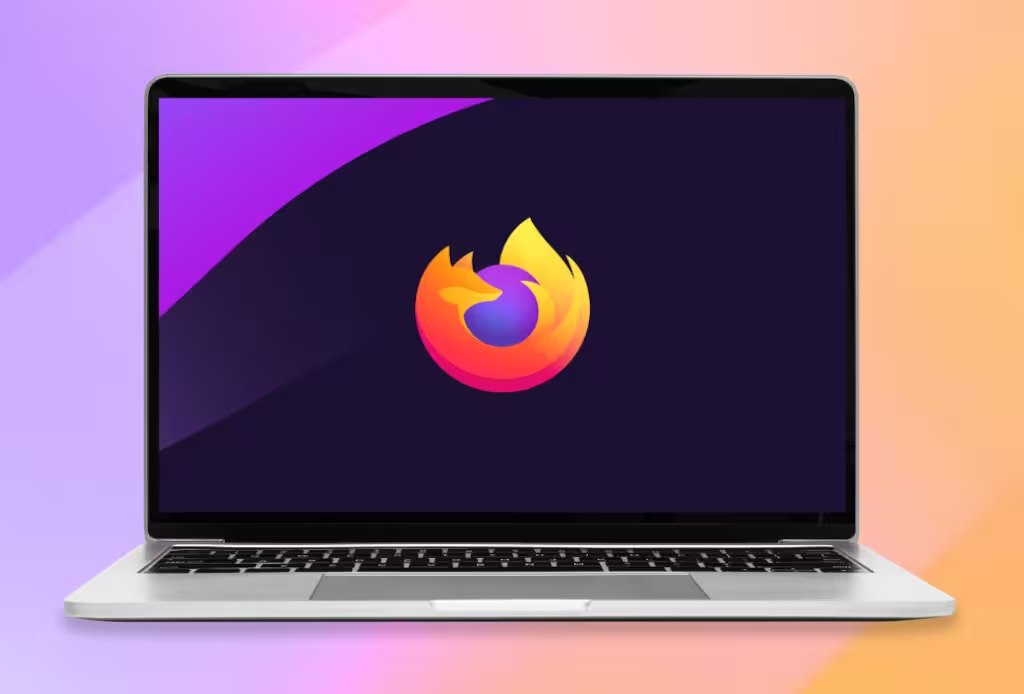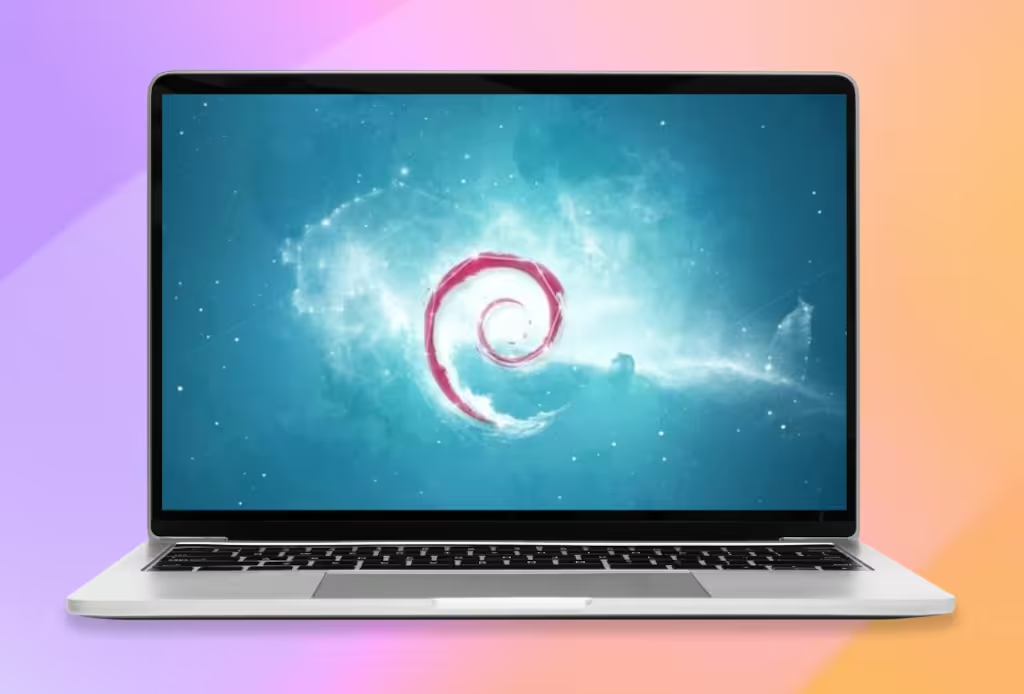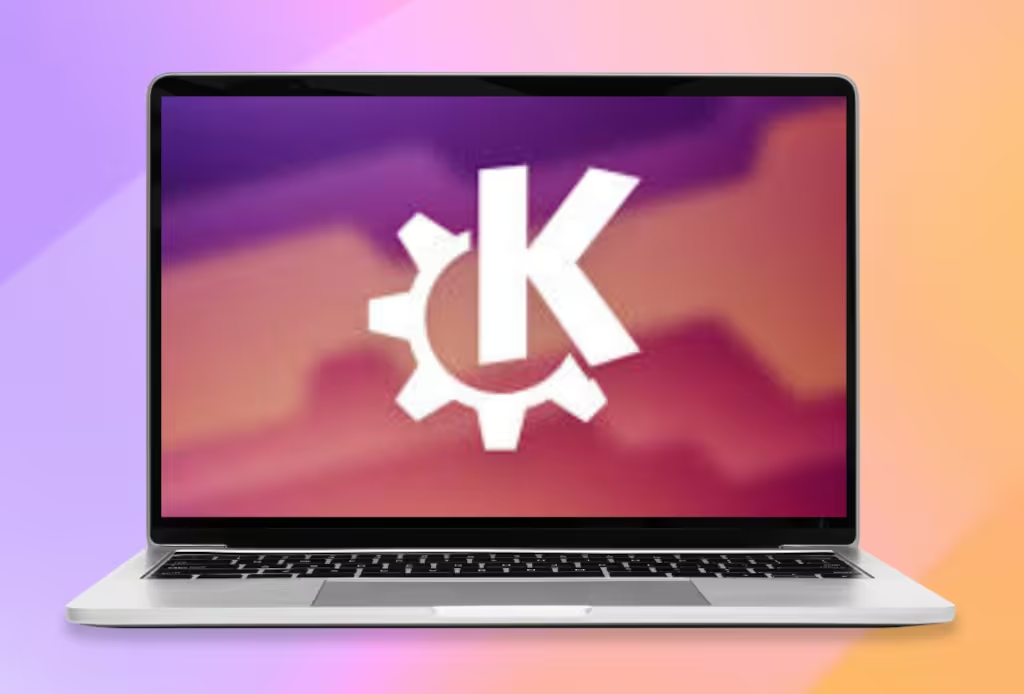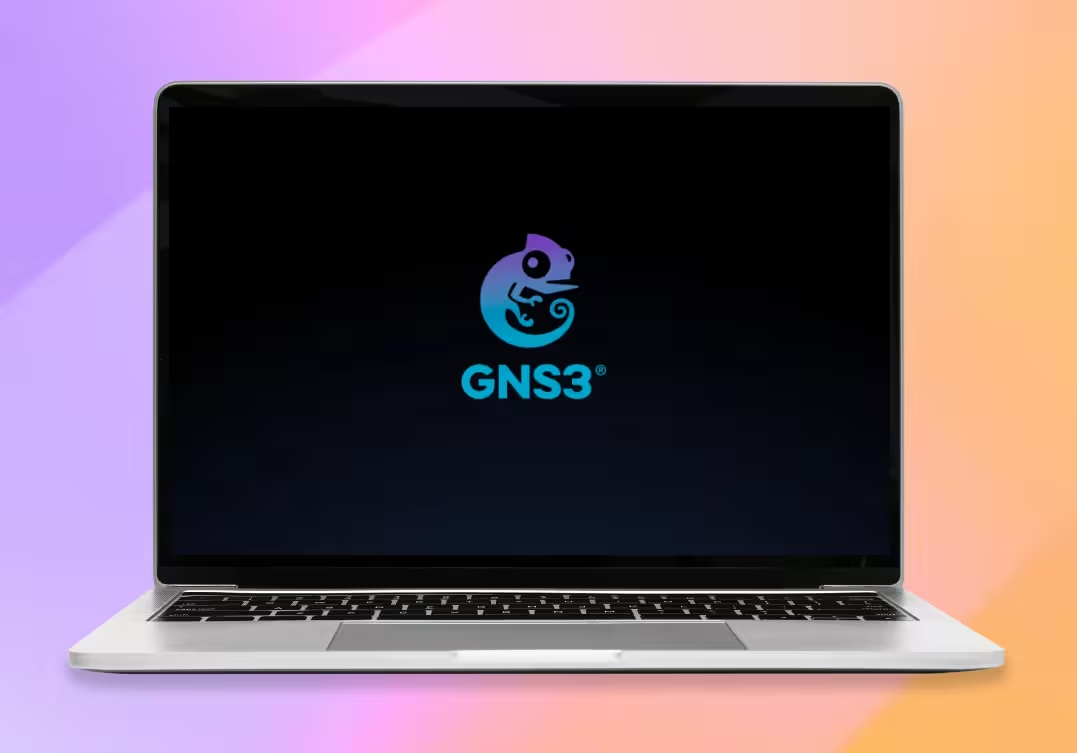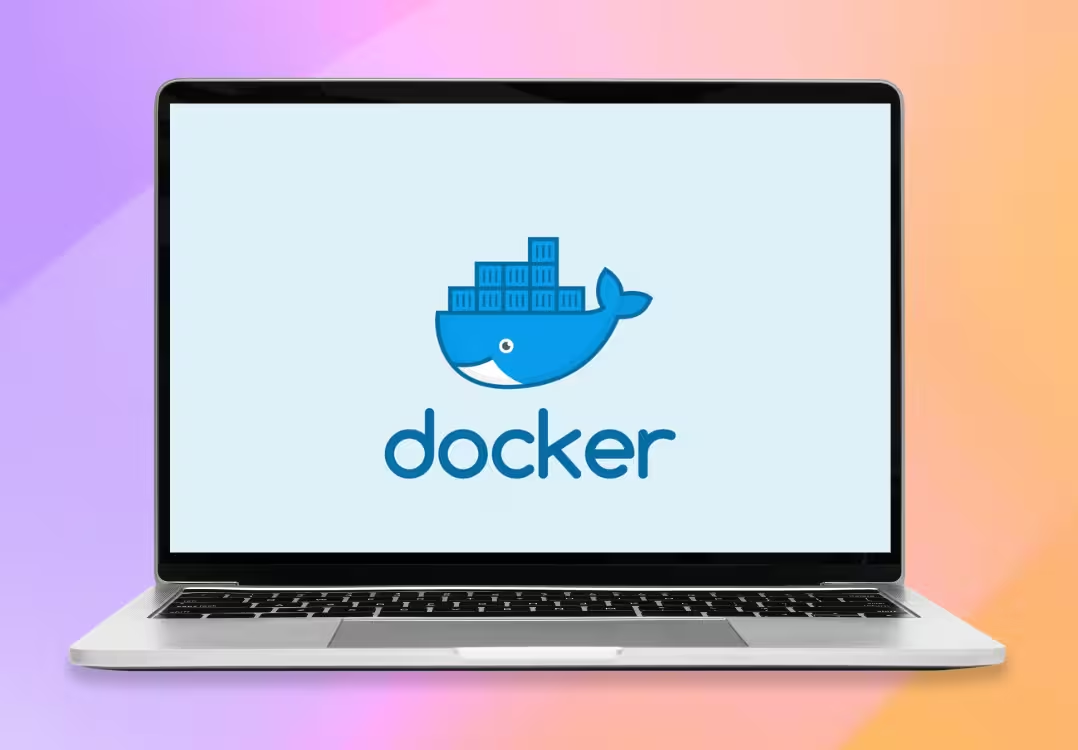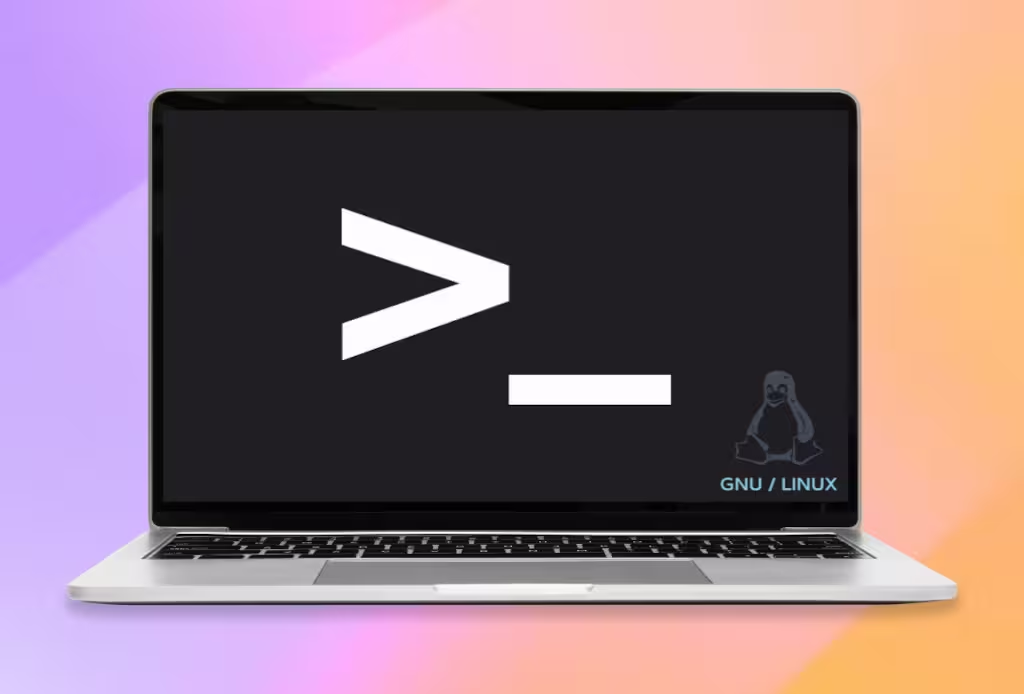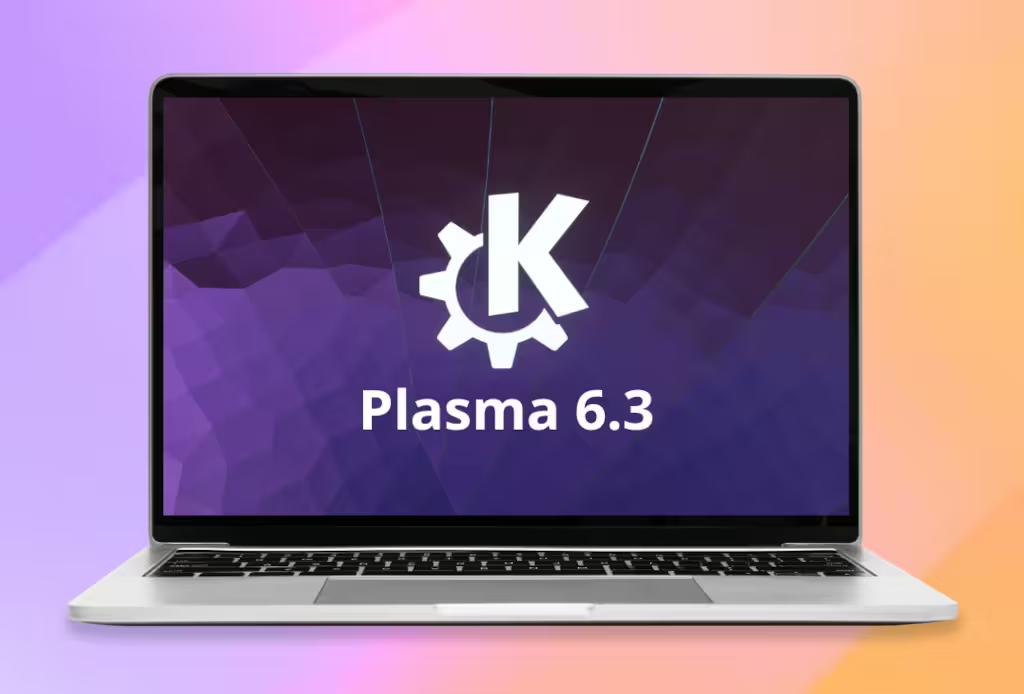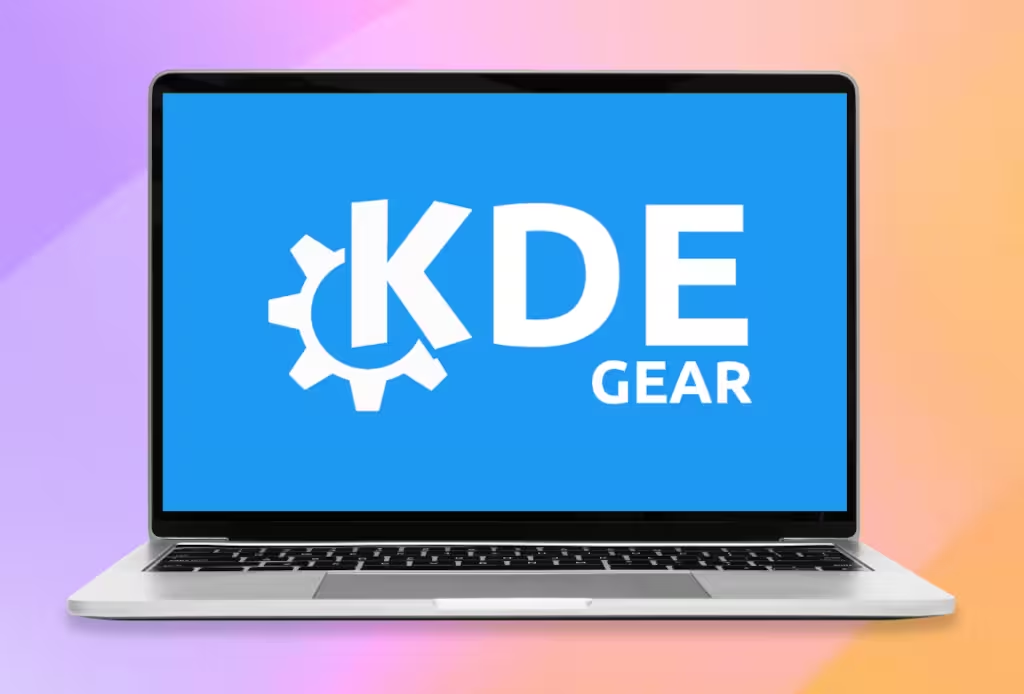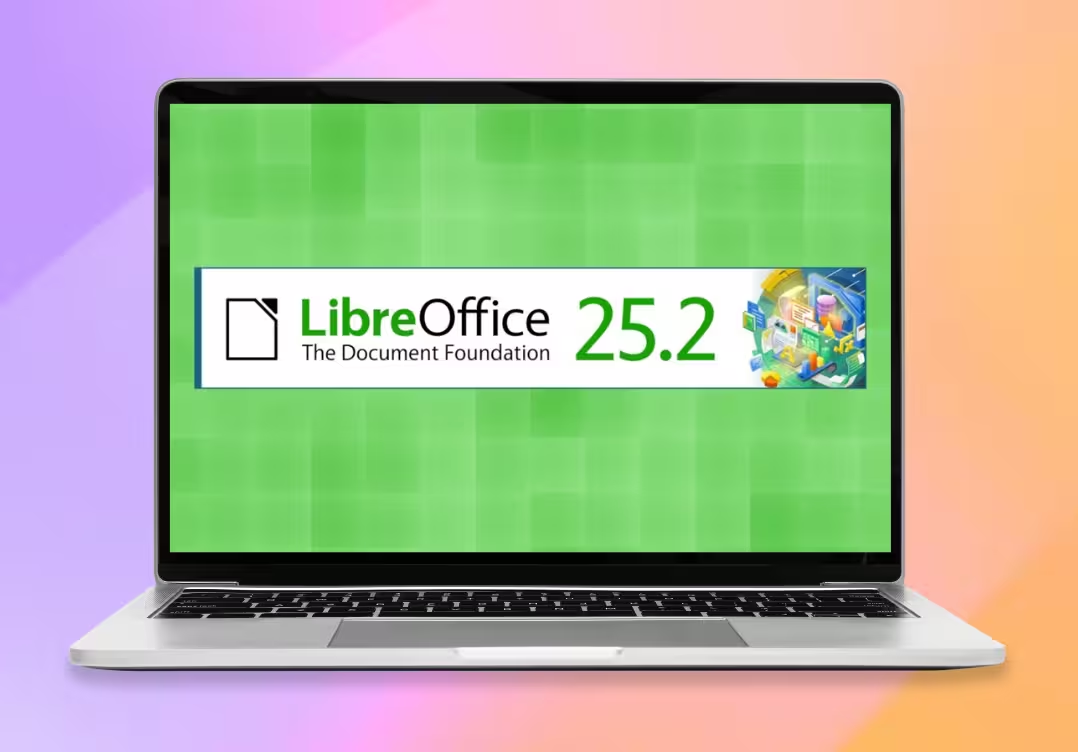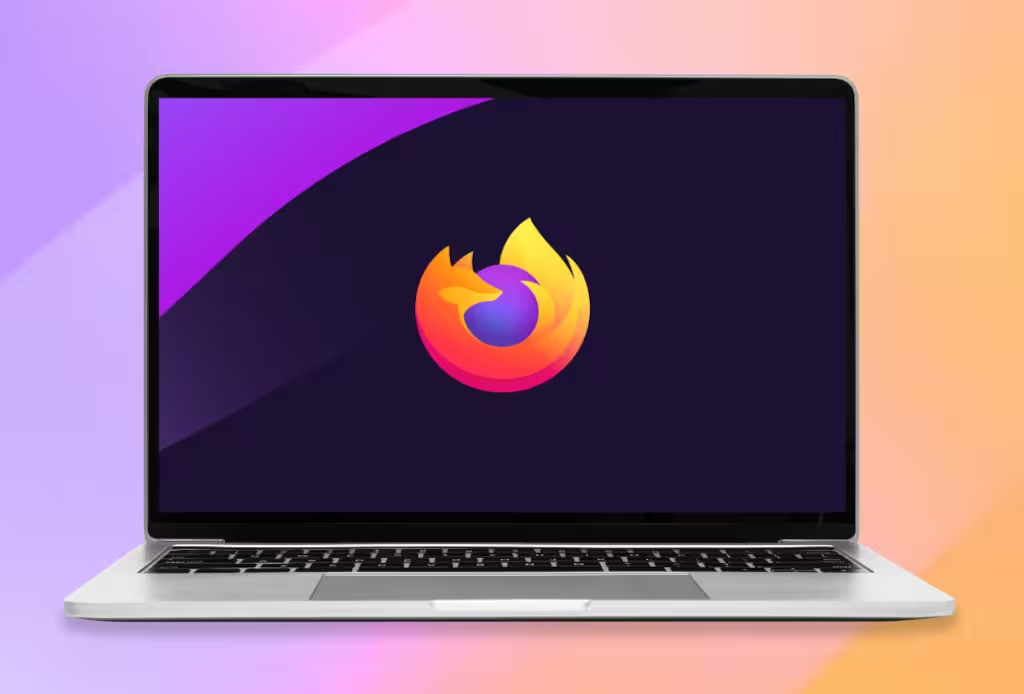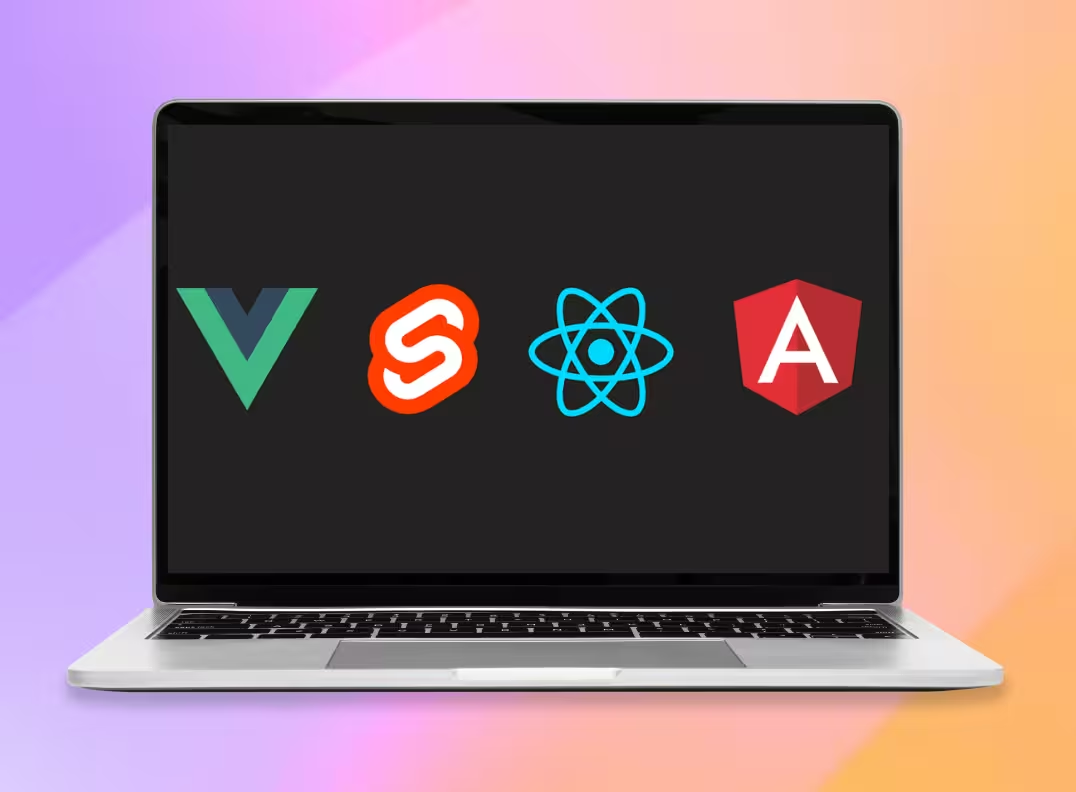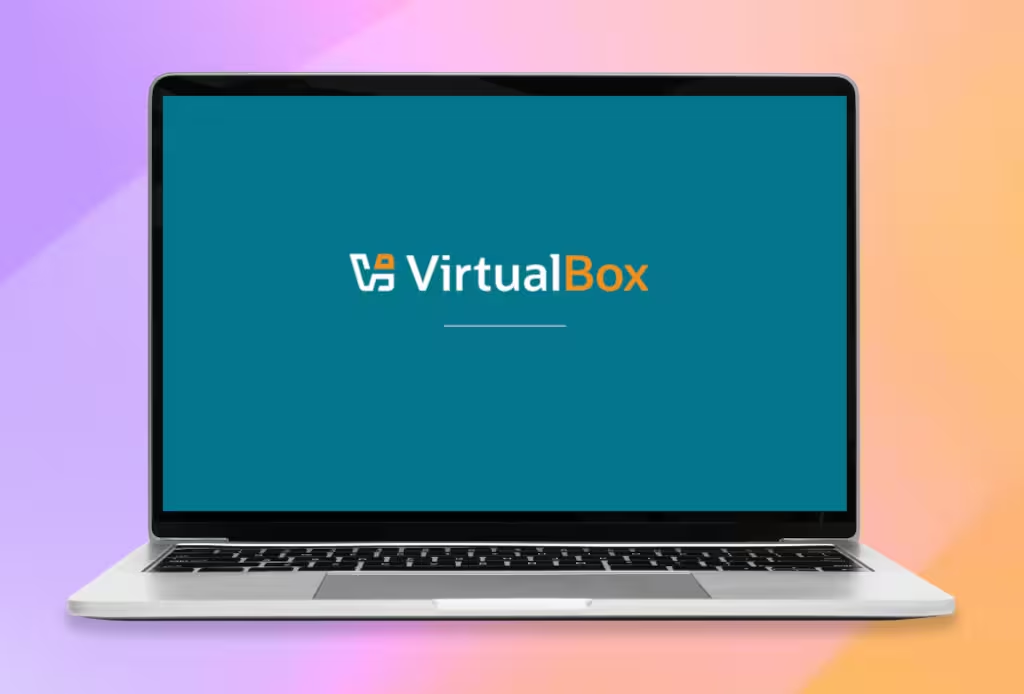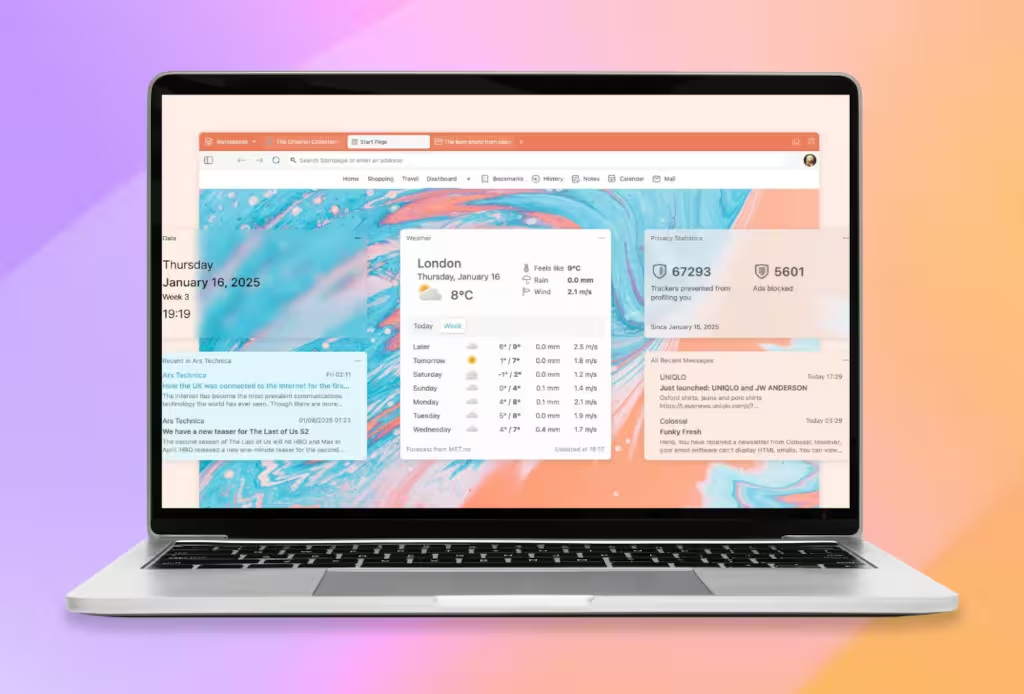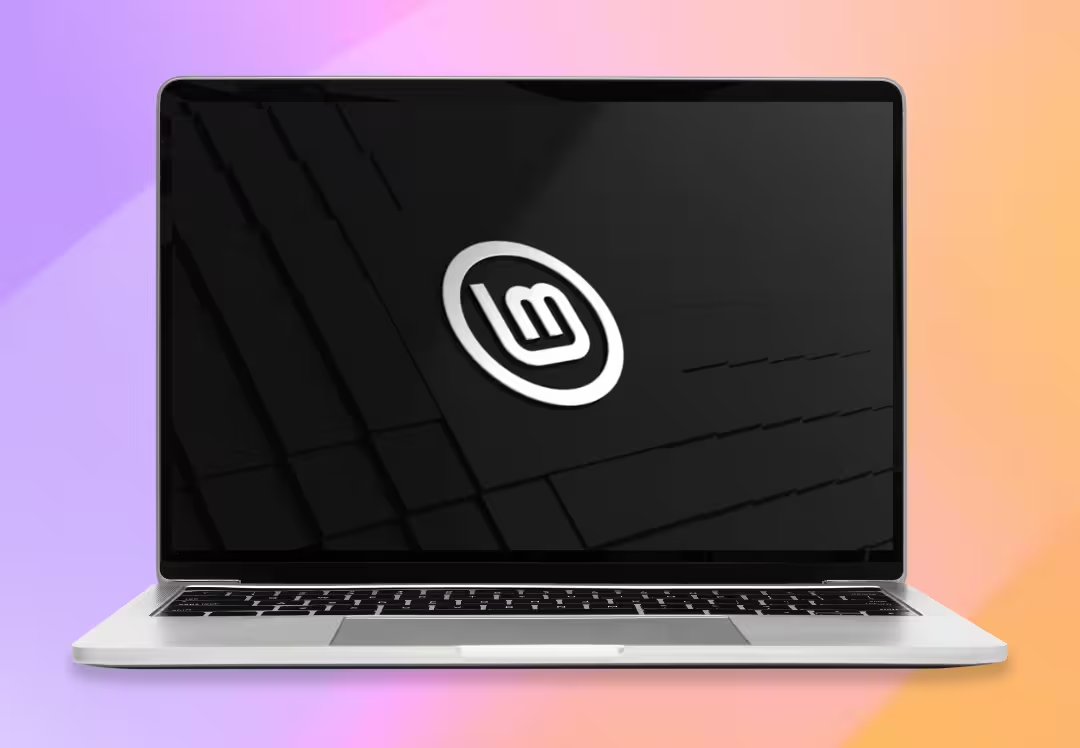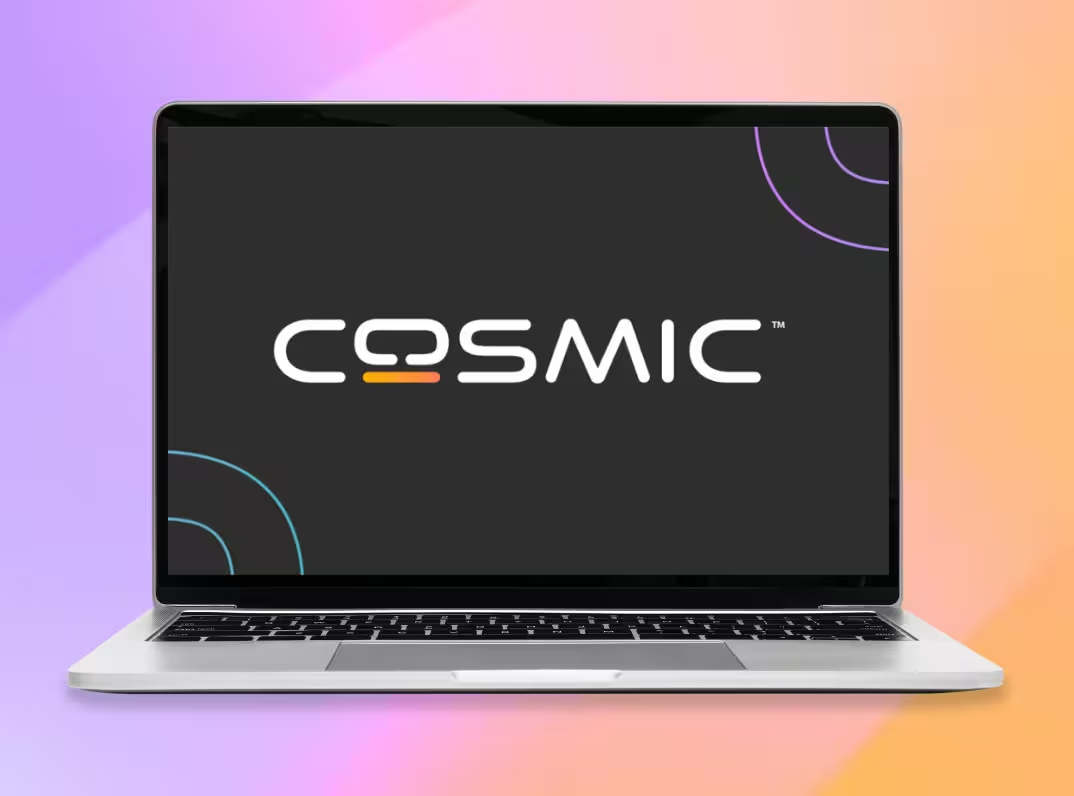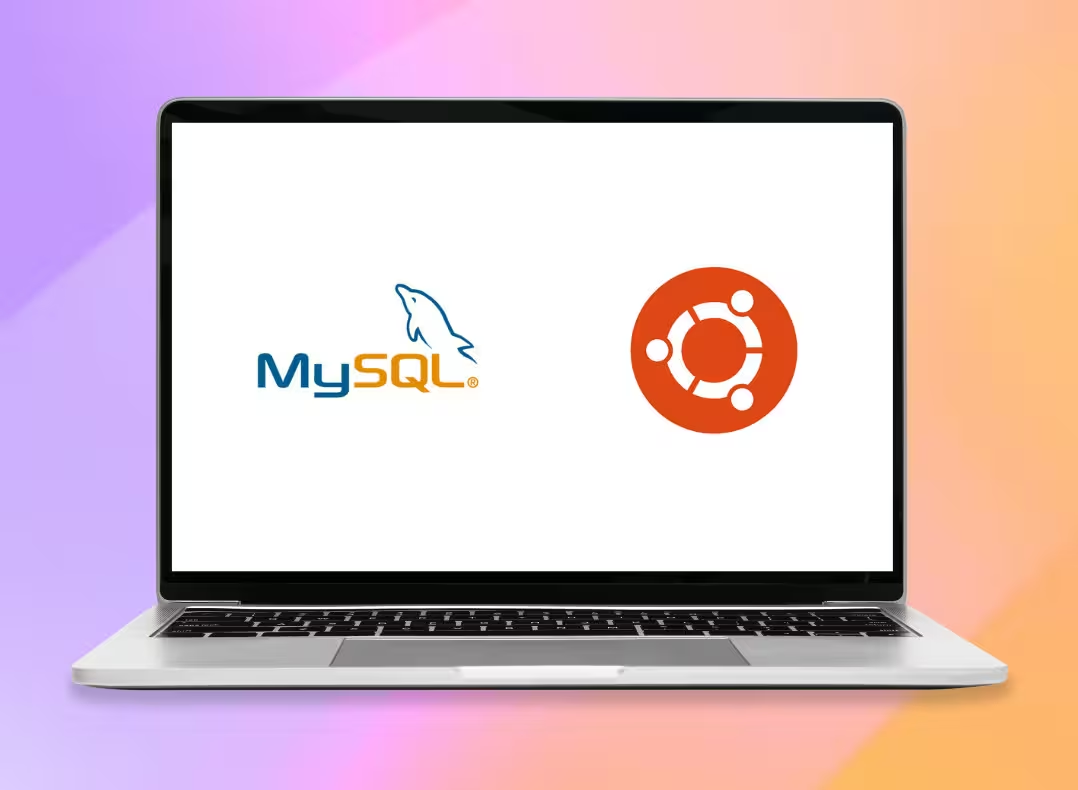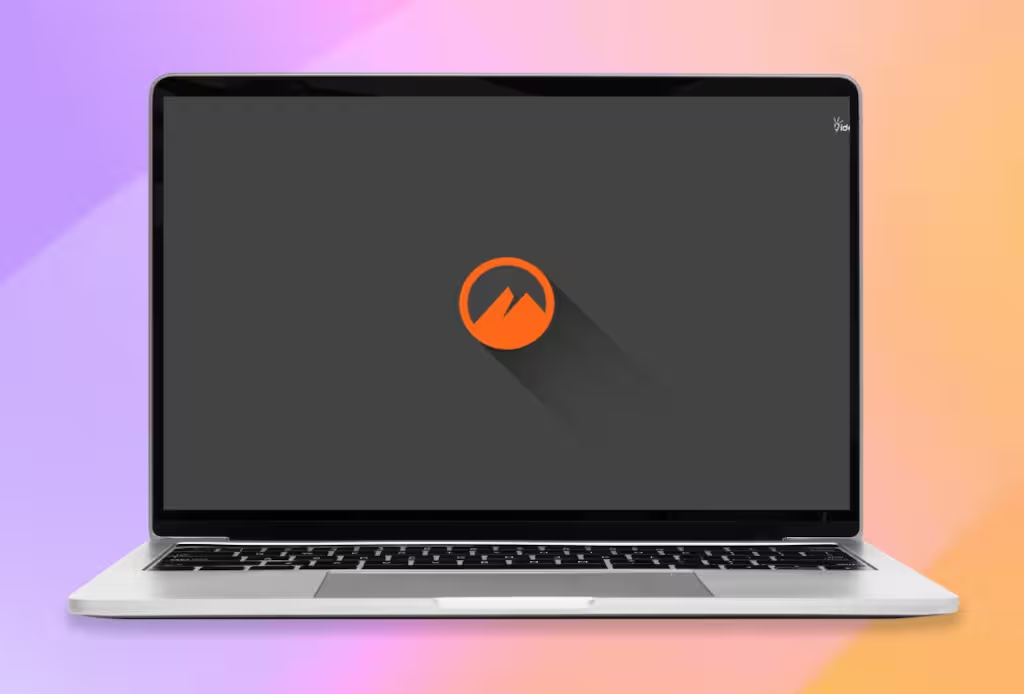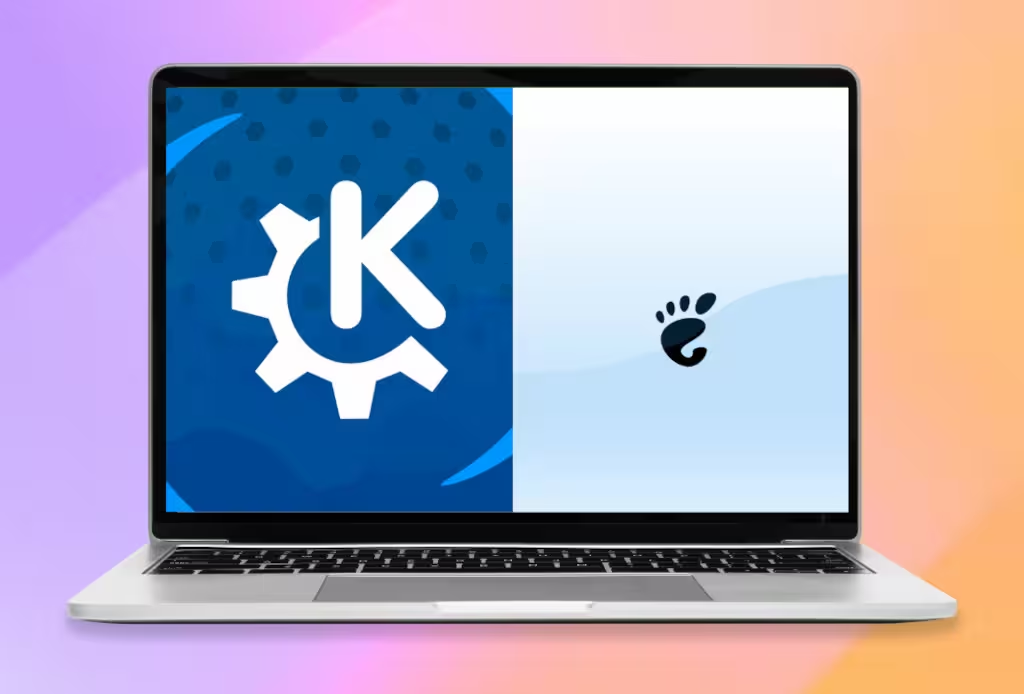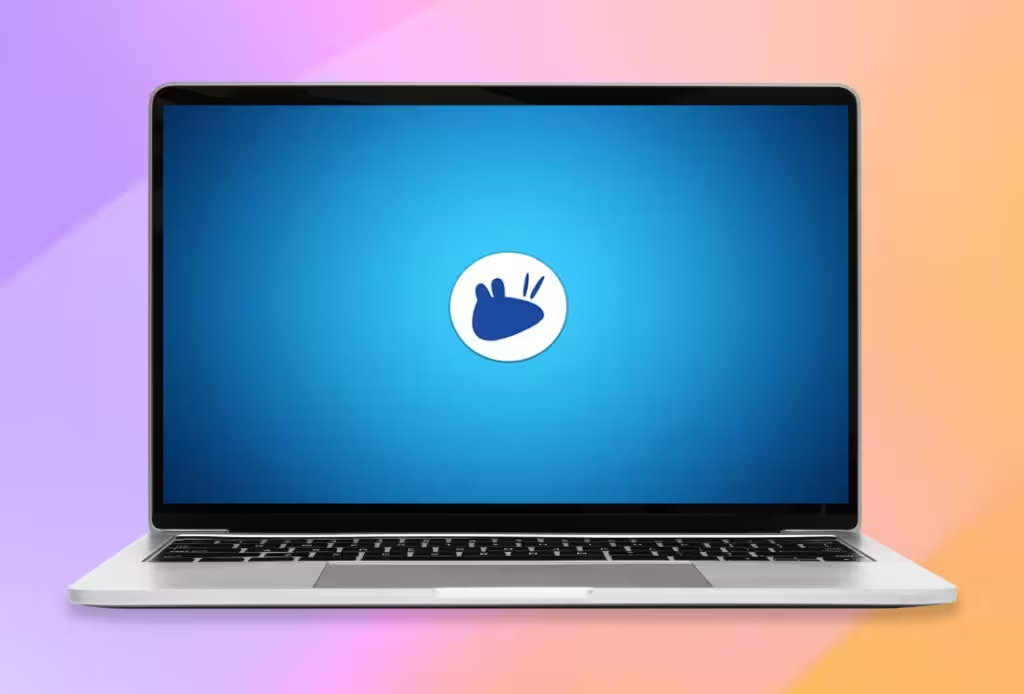GNOME 48: Improvements and New Features for Developers
GNOME 48 has arrived with a series of significant improvements for developers, including optimized tools, refined libraries, and new APIs. This version strengthens the GNOME development platform and provides better tools for creating more efficient and adaptable applications. Below, we explore the most notable updates.
Portal Enhancements
GNOME 48 introduces two major improvements to desktop portals, increasing security and flexibility for applications.
Global Shortcuts
Applications can now register global keyboard shortcuts, allowing commands to be executed even when the app is not in focus. This provides better system integration and new interaction possibilities.
USB Portal
The new USB portal allows applications to monitor and request access to USB devices, ideal for specialized hardware like joysticks and controllers. This improvement offers a more secure alternative to unrestricted device access.
GTK: Enhancements in User Experience
GNOME 48 comes with a new version of GTK that introduces significant changes:
- Optimized Size Allocation: Expensive bisection operations have been reduced to improve performance.
- Default Portal Usage: File choosers now use portals by default, enhancing visual consistency.
- GtkBuilder Enhancements: Support for defining menus within properties and specifying text attributes in Pango.
Libadwaita 1.7: Greater Flexibility for Developers
The Libadwaita library has been updated with new capabilities:
- Toggle Groups: A new way to manage toggle buttons.
- Wrapping Boxes: Improved organization of tags and visual elements.
- Adaptive Preview: Mobile device simulation.
- Font Access: New APIs for handling system fonts.
Other improvements include new Bézier curve easing functions and greater flexibility in interface navigation.
Sysprof: Performance Profiling Improvements
The profiling tool Sysprof has received major optimizations:
- Improved Sampling Accuracy
- Better DWARF Symbol Handling
- Refined Interface and User Experience
- Expanded Instrumentation Capabilities
These improvements make it easier to identify bottlenecks and optimize applications.
GJS: JavaScript Improvements for GNOME
GNOME 48 brings new features to its JavaScript runtime environment, including:
- Support for Source Maps: Better debugging with tools like TypeScript.
- Asynchronous Interactive Console: Greater flexibility for real-time testing.
- Optimized CPU and Memory Usage: Improved efficiency in object property management.
Other Enhancements
GNOME 48 also introduces optimizations in GLib, Secure Boot support in GNOME OS, and support for the Steam Deck controller in Libmanette. Additionally, the Gcr cryptographic library and the Vala language have received documentation and functional improvements.
Conclusion
GNOME 48 strengthens its ecosystem with improved tools for developing modern and secure applications. With these updates, developers can better leverage system resources and optimize their applications for a smoother and more adaptable user experience.



